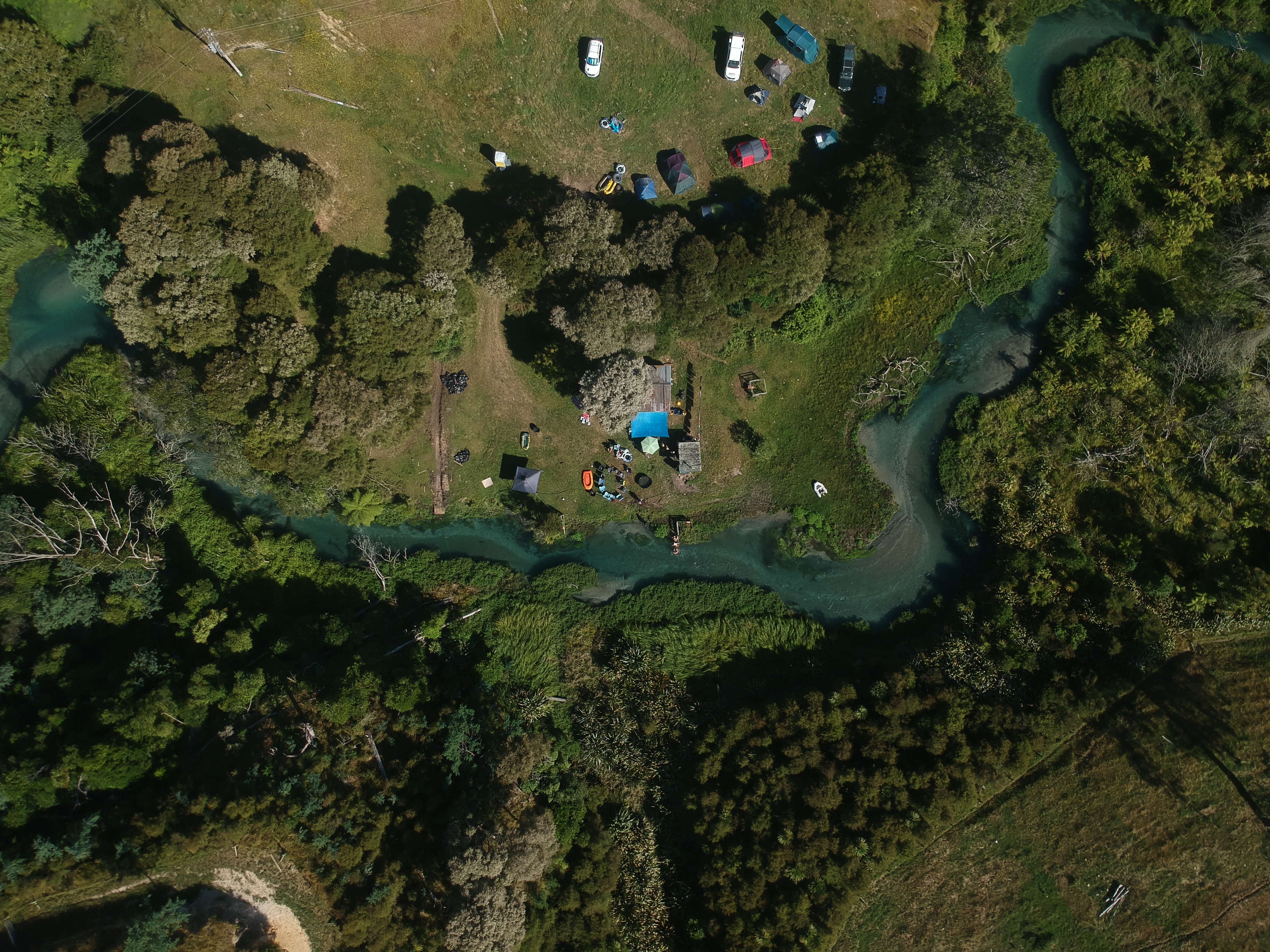Media Release
From: Motu Economic and Public Policy Research TrustSummary haiku: Land use decisions have kaitiakitanga at their very heart.
Over the last three years researchers at Motu Economic and Public Policy Research have worked with Hikurangi Enterprises Ltd to scope Māori landowner interest in native forest regeneration and carbon farming.
“With the introduction of the One Billion Trees programme, the mānuka honey industry taking off, and the Paris Agreement on Climate Change causing carbon prices to increase, earning an income from planting native trees or letting existing pasture regenerate into native bush is getting easier and more lucrative,” said John McDermott, Executive Director of Motu. “It’s not all about pine.”
John is one of the key people working on the Waro Project alongside Pia Pohatu (Ngāti Porou, Rongowhakaata, Ngai Tamanuhiri), a researcher from Hikurangi Enterprises Ltd.
“Establishing native forests through new plantings or regeneration resonates well with Māori landowners as they seek to balance multi-dimensional considerations they give effect to as kaitieki,” said Pia Pohatu.
“Our research is showing that climate change and the ETS are complex systems to understand. The notion and potential of earning an income for carbon farming is not a key driver in their land-use diversification decisions. At best, this is currently perceived as a bonus,” said Pia Pohatu.
The Waro Project (waro means carbon in Te Reo Māori) partners with Māori landowners interested in new native forest or allowing native bush to regenerate on their land. It aims to better understand their decision-making process and how they have navigated through challenges and opportunities experienced in establishing their land-cover aspirations and advancing towards being carbon farmers.
Carbon farming includes any land use in which landowners receive economic benefits from carbon sequestration. Sequestration involves using trees, which ‘breathe in’ carbon dioxide (CO2), to capture and store CO2, lessening the potent greenhouse gas in the atmosphere.
“Climate change is more likely to be associated in Te Tairāwhiti with the impact of severe weather events, flooding and erosion as opposed to trying to mitigate the pollution from industry,” said Pia Pohatu.
“The Waro Project focuses mainly on climate change mitigation, but carbon farming can also play a role in increasing biodiversity, and securing erosion-prone land,” said John McDermott.
“Māori landowners consider land-cover (with a preference for planting native species) a strategic approach towards strengthening climate resilience. Land-cover also includes co-benefits such as improved water quality and restoring rongoa and other customary resources,” said Pia Pohatu.
“As long as ETS-eligibility requirements are met and maintained, then carbon farming can be an additional income stream for landowners,” said Pia Pohatu.
Nikki Searancke is the Chairperson of Nuhiti Q, a Māori Incorporation north of Tolaga Bay. Nuhiti Q is one of the case studies used by the Waro Project in investigating carbon farming on Māori land.
“Nuhiti is a 2000 ha Maori Land Trust with 3500 breeding ewes and 220 breeding cattle and now carbon farming with permanent native and eucalyptus on 600 ha. Before the ETS and carbon farming we were subjected to the vagaries of the lamb and beef market. Now we have an annual income from the ETS NZU’s of $100,000 plus,” said Nikki Searancke.
Carbon farming from native forest can also compliment sustainable harvest or permanent forest options. Liability and risk can be managed through a range of emitter contract arrangements including a carbon lease option.
“Whatever the needs or aspirations of landowners, there is scope for carbon farming from native forest to compliment and improve their current land use. Not to mention that it will also help achieve any aspirations for restoration and resilience in the future,” said Pia Pohatu.
As part of the project, a website has been created to give advice for owners of Māori land thinking about becoming carbon farmers.
The Waro Project team is made up of East Coast landowners, Motu Economic and Public Policy Research Trust, Hikurangi Enterprises, and postgraduate students from Victoria University of Wellington.
A Motu Note on Māori land owners' decision-making processes around native forest regeneration and two Motu Working Papers, Carbon farming on Māori land: insights on the decision-making process and Contracts for native forest carbon: perspectives from large-scale emitters are complete.
The project ends in June 2020.


